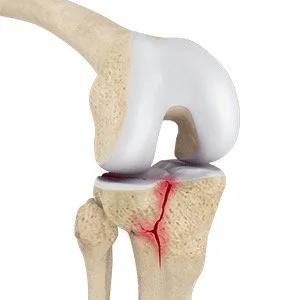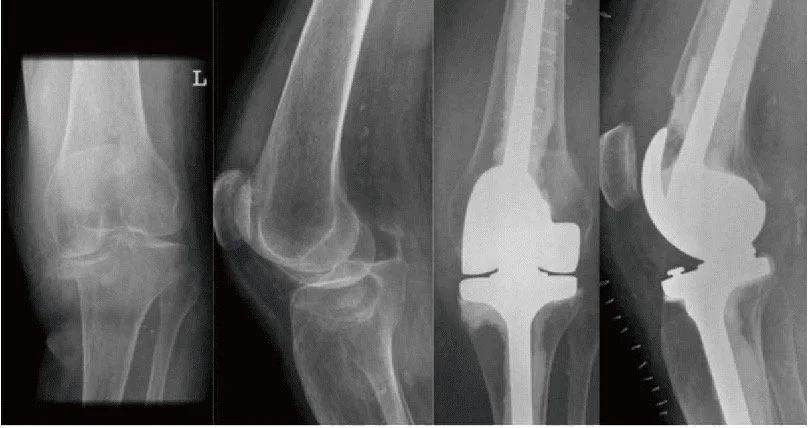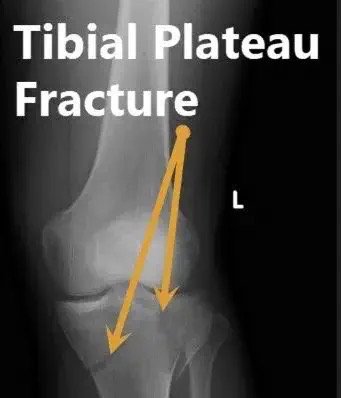Understanding Total Knee Replacement for Tibial Plateau Fracture: A Comprehensive Guide
Tibial plateau fractures can be debilitating, affecting the stability and function of the knee joint. In severe cases, where conservative treatments fail to restore normalcy, total knee replacement (TKR) emerges as a viable solution. This article aims to provide a thorough understanding of TKR for tibial plateau fractures, exploring the procedure, recovery process, and long-term outcomes.
Explaining Tibial Plateau Fractures:
Tibial plateau fractures occur at the top of the tibia, often resulting from high-energy trauma such as falls or automobile accidents. These fractures can disrupt the integrity of the knee joint, leading to pain, swelling, instability, and limited mobility. Depending on the severity and displacement of the fracture, treatment options range from conservative measures like immobilization and physical therapy to surgical interventions such as open reduction and internal fixation (ORIF) or TKR.
When TKR is Necessary:
While ORIF remains the standard surgical approach for many tibial plateau fractures, TKR becomes necessary in cases of severe joint damage or when initial treatments fail to provide adequate relief. TKR involves replacing the damaged knee joint with artificial implants, restoring function and alleviating pain.
The Total Knee Replacement Procedure:
During TKR surgery for tibial plateau fractures, the orthopedic surgeon makes an incision to access the knee joint. The damaged bone and cartilage are removed from the tibial plateau and femoral condyles. Metal or plastic components are then secured to the bone using cement or press-fit techniques. These components serve as prosthetic replacements for the natural joint surfaces, allowing for smooth movement and weight-bearing.
Recovery and Rehabilitation:
Following TKR surgery, patients undergo a comprehensive rehabilitation program to optimize outcomes and regain mobility. Physical therapy plays a crucial role in strengthening surrounding muscles, improving joint flexibility, and enhancing overall function. Patients are typically advised to avoid high-impact activities and follow a gradual return-to-activity plan under the guidance of their healthcare team.
Long-Term Outcomes and Considerations:
While TKR for tibial plateau fractures can significantly improve quality of life and function, it's essential to consider potential risks and complications. These may include infection, implant loosening, stiffness, and persistent pain. However, with advancements in surgical techniques, implant materials, and postoperative care, the success rates of TKR continue to improve, offering promising long-term outcomes for patients.
Empowering Decision-Making: Navigating TKR for Tibial Plateau Fractures
Total knee replacement for tibial plateau fractures represents a viable treatment option for individuals facing significant joint damage and dysfunction. By understanding the procedure, recovery process, and potential outcomes, patients can make informed decisions in collaboration with their healthcare providers. With proper care and rehabilitation, TKR can help restore mobility, alleviate pain, and enhance overall quality of life for those affected by tibial plateau fractures.
Already ready to plan your post-surgery physical therapy care? Have Questions?


